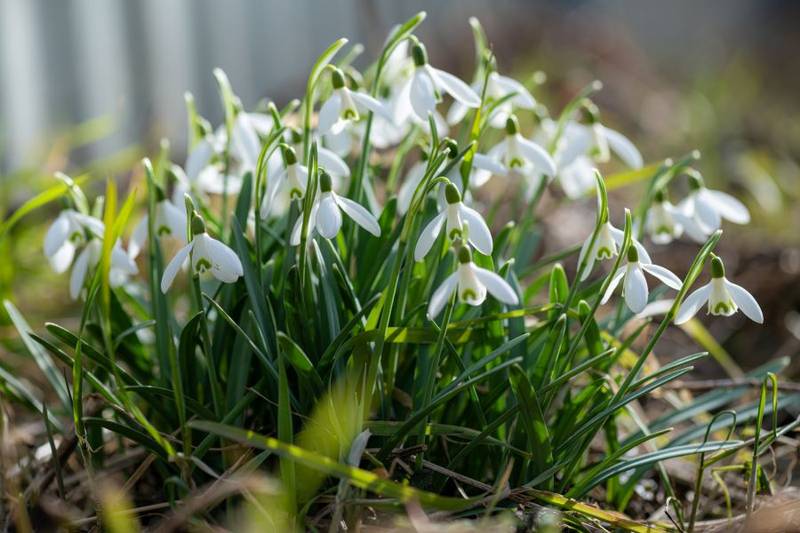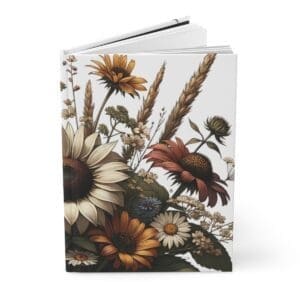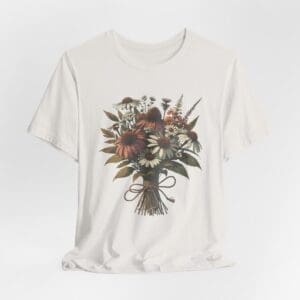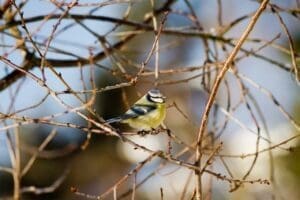Snowdrops, known for being among the first flowers to bloom in late winter and early spring, often emerge through snow or frost-covered ground. Their delicate white, bell-shaped flowers on slender stems are a welcome sign that winter is nearing its end.
In the UK, the ideal time to plant snowdrop bulbs is in the autumn. However, if you purchase snowdrops that are already in leaf, they can be planted in early spring
You might also be interested in: Spring Flowering Bulbs
Affiliate Disclaimer: As an Amazon Associate, I earn from qualifying purchases.
How To Plant Snowdrop Bulbs

Based on our experience, planting snowdrop bulbs in autumn is usually the best approach. However, snowdrop bulbs can sometimes be unpredictable. As a result, many gardeners opt to plant snowdrops that are still in leaf during the spring. This method tends to be more reliable, although it’s generally more expensive.
Top Tip: If you are planning on planting lots of tulips or any other bulbs we would recommend using a long handled bulb planter such as this one by Kent & Stowe available on amazon.
Choosing the Right Location
Choosing the right location and preparing the soil properly are key steps in successfully growing snowdrops. Here’s a guide to help you get started:
- Sunlight: Snowdrops do well in full sun to partial shade.
- Soil: They prefer rich, well-draining, yet moist soil.
- Ideal Spots:
- In lawns or grassy areas with enriched soil.
- Near wooded areas or under trees for dappled sunlight.
- Mixed with other early spring bulbs in garden beds.
- Naturalized along walkways or near patios and entryways.
- In pots and planters for close-up enjoyment.
Preparing the Soil:
- Aeration: Loosen the soil to a depth of 6-8 inches.
- Enrichment: Add compost, leaf mold, or peat moss.
- pH Level: Aim for a pH of 5.5 to 6.5, adjusting with lime if necessary.
- Weed Removal: Clear the area of weeds.
Planting the Bulbs:
- Timing: Plant in autumn as soon as you get the bulbs.
- Spacing: Place bulbs 4-6 inches apart, at a depth of 2-3 inches.
- Orientation: Ensure the tip is just above the soil level and pointed upwards.
- Watering: Water well after planting to settle the soil.
- Grouping: For a striking display, plant in groups of 15 or more bulbs.
Caring for Snowdrops


Watering:
- Regular Watering: Aim for 1 inch of water per week during the growing and blooming seasons.
- Soil Moisture: Check the soil moisture regularly, especially during droughts, to ensure the bulbs don’t dry out.
- Avoid Overwatering: Be careful not to overwater, as this can lead to bulb rot.
Feeding:
- Autumn Fertilization: After planting in autumn, apply natural fertilizer like compost or bulb food.
- Spring Feeding: Work organic compost into the soil surface in spring to provide accessible nutrients.
- Fertilizer Type: Avoid high nitrogen fertilizers, which can lead to more foliage at the expense of flowers.
Dividing:
- When to Divide: Divide clumps every 3-5 years after flowering, especially if they become overcrowded.
- How to Divide: Carefully dig up and separate the bulblets into small clumps, then replant immediately.
- Post-Division Care: Replant at the same depth, water well, and continue regular care.
Reasons To Plant Snowplants


Snowdrops are among the first bulbs to bloom in the UK, signaling to gardeners that spring is on its way. Their pristine white flowers bring hope for the new gardening year. These bulbs reproduce quickly, making them perfect for naturalizing in woodlands, meadows, and wild gardens.
There’s a unique, ethereal beauty to snowdrops that captivates gardeners. They bloom when few other plants do, heralding the arrival of spring. Snowdrops are particularly special for their ability to naturalize and spread in woodlands and lawns. Seeing a large drift of snowdrops swaying in the late winter breeze is truly enchanting.
Their ability to emerge through frozen ground symbolizes determination and resilience. This quality has made snowdrops a symbol of hope, brightening the landscape after the long winter months.
Enjoying Snowdrops


Design Ideas for Incorporating Snowdrops into Your Garden
- Allow snowdrops to naturalize under trees and shrubs.
- Plant along a path, walkway or patio for an up-close view.
- Combine with crocuses and winter aconite for early season colour.
- Use as a border plant along beds and foundation walls.
- Plant in drifts among ferns or shaded groundcovers.
Companion Plants for Snowdrops
- Crocuses
- Winter aconite
- Hellebores
- Cyclamen
- Autumn flowering heather
- Bergenia
- Ferns
- Evergreen groundcovers
Forcing Snowdrops Indoors
Bringing the beauty of snowdrops indoors during late winter is a delightful way to enjoy these flowers up close.
Start by selecting plump, healthy bulbs. Plant them close together in containers filled with potting mix. For the initial 12-14 weeks, keep the bulbs cool, ideally between 35-45°F. After this chilling period, bring them indoors to a sunny window to encourage blooming.
Ensure they receive plenty of water while flowering. This way, you can enjoy these early signs of spring right in your home. After they’ve finished blooming, remember to plant the bulbs outside to continue their growth cycle.
FAQs – How to Grow Snowdrops
1. When is the best time to plant snowdrops?
The best time to plant snowdrops is in autumn, typically late September through November. This allows the bulb time to establish roots before winter dormancy and be ready to bloom in late winter and early spring.
2. What type of soil do snowdrops need?
Snowdrops prefer organically rich, well-draining soil. Loamy soil amended with compost or leaf mold provides ideal growing conditions. Proper drainage is key, so amend heavy clay soils with organic material.
3. How deep should I plant snowdrop bulbs?
Plant snowdrop bulbs 2-3 inches deep, measuring the height of the bulb then planting 3 times as deep. Plant with the tip pointed upward. Proper planting depth is key for good establishment.
4. How far apart should I plant snowdrop bulbs?
Space snowdrop bulbs 4-6 inches apart if planting a drift or mass display. For naturalizing and allowing bulbs to self-sow, space 8-12 inches apart. Plant in clusters of 3-5 bulbs for best impact.
5. How do I care for snowdrops after they bloom?
After snowdrops finish blooming, allow the foliage to die back naturally. This allows the bulb to photosynthesize and store nutrients. Avoid cutting foliage until it yellows. Apply organic mulch around plants to conserve moisture.







